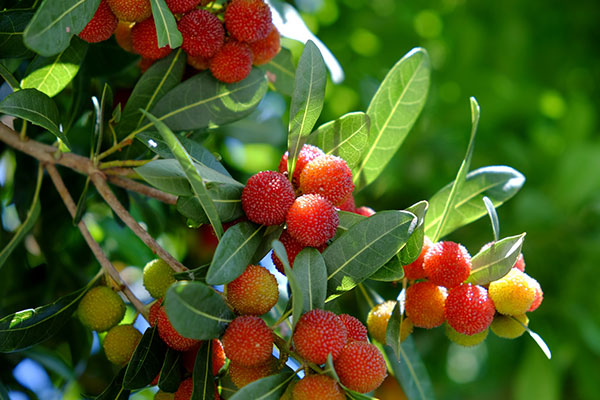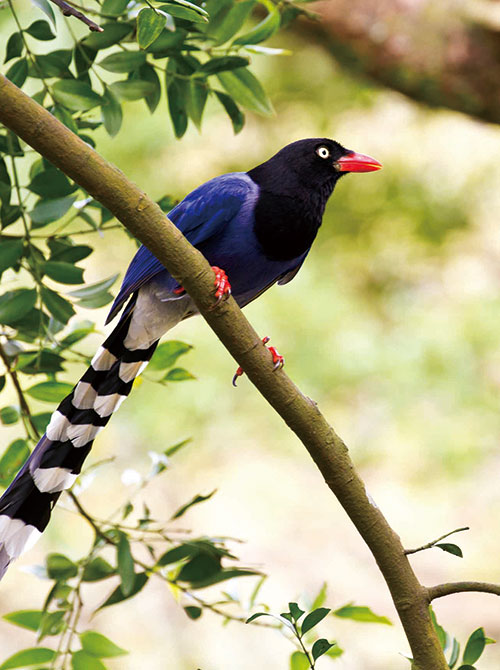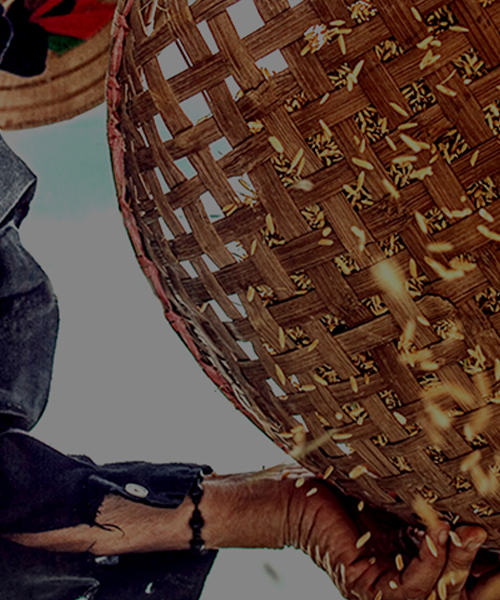Fruit Carnelian, Precious Organic Waxberry
- 2022-02-14
- 2022-02-14
- / 3037 Views
- /

Waxberries are called “Yangmei” in Chinese because they look like “Shu Yang Zi” and taste like plums (called Mei in Chinese). Sour and nutritious Waxberry is the best choice when you want to cool down in the burning hot summer. There are many stories about waxberries. Are waxberries native to Yangmei, a town in Taiwan? Why are waxberries so precious? How unique are they? Why do Taiwanese long for the best seasonal flavor from Waxberries on Dragon Boat Festival, except for rice dumplings?

City name
Yangmei is the only city named after a fruit in Taiwan. Yangmei district was called “Yangmei Li”. “Li” means “river valley between tablelands” to Hakka people. Han people migrated from Mainland China to Taiwan during the Qing Dynasty. They saw wild waxberry trees all over mountains and called this area “Yangmei Li”, which was later changed to ““Yangmei” in 1920. As a result, waxberry trees are considered as “District tree” in Yangmei.
Environment
Waxberry trees usually grow in the humid lowland valleys at 30 degrees latitude. The best temperature for them is 25 degree Celsius. Such environment is also favored by citrus trees, loquat trees and tea trees. Waxberry trees can easily adapt to the changes in the environment. They are planted by farmers in New Taipei City, Hsinchu County and Nantou County in Taiwan. Unlike most fruits, waxberries require less effort on pest management. Farmers can take care of them easily most of the time and harvest different varieties of waxberries from May to July after the blooming season in February and March. The harvest usually reaches its peak on Dragon Boat Festival. The biggest challenge faced by farmers is fruit fly attracted by sweet aroma from ripe waxberries. Waxberries have to be harvested in 15 days. Since bayberries cannot be stored for a long time and are fragile and easily damaged during transport, most farmers usually plant only a certain amount of waxberry trees. Organic farmers cover the whole trees with netting to prevent fruit fly before the harvest.
As small as cherries, waxberries native to Taiwan were preserved as candied fruit for their small and sour fruit flesh long time ago. Farmers introduced new varieties from other countries, such as China in 1980s. More than 200 cultivars have been produced in Taiwan, including Crystal Waxberry, Black Waxberry, White Waxberry, Smoked Plum Waxberry and Red Beauty Waxberry. DungKui Waxberry from Zhe Jiang province in China is the most popular variety for its ping pong ball size, juicy flesh and sweet and sour balanced flavor and is a very high-value commercial crops. Some farmers sell grafted seedlings because grafting skill is crucial to seedlings and seedlings can be distinguished as male plants (can’t produce berries), female plants or bisexual plants.
Many skills are required to grow seedlings, harvest in the high seasons and deliver waxberries to consumers. That explains why waxberries are so precious. The prices of waxberries are usually set quite high. Furthermore, according to “The Compendium of Materia Medica” from China, waxberries can quench thirst and alleviate symptoms of five internal organs as well as stomach and intestine. They can comfort people when they need help emotionally. Their fruit, seeds, roots and skin are all used as Chinese medicine. Waxberries are not toxic and regarded as either cold or warm in their quality. There are various ways to enjoy waxberries that are praised as “Fruit Carnelian”. People like to have fresh fruit and make jam, fruit liquor, vinegar, or candid fruit. Waxberry macaron or cakes all taste refreshing. This seasonal delicacy deserves to be served as a fine dish or dessert in restaurants.




